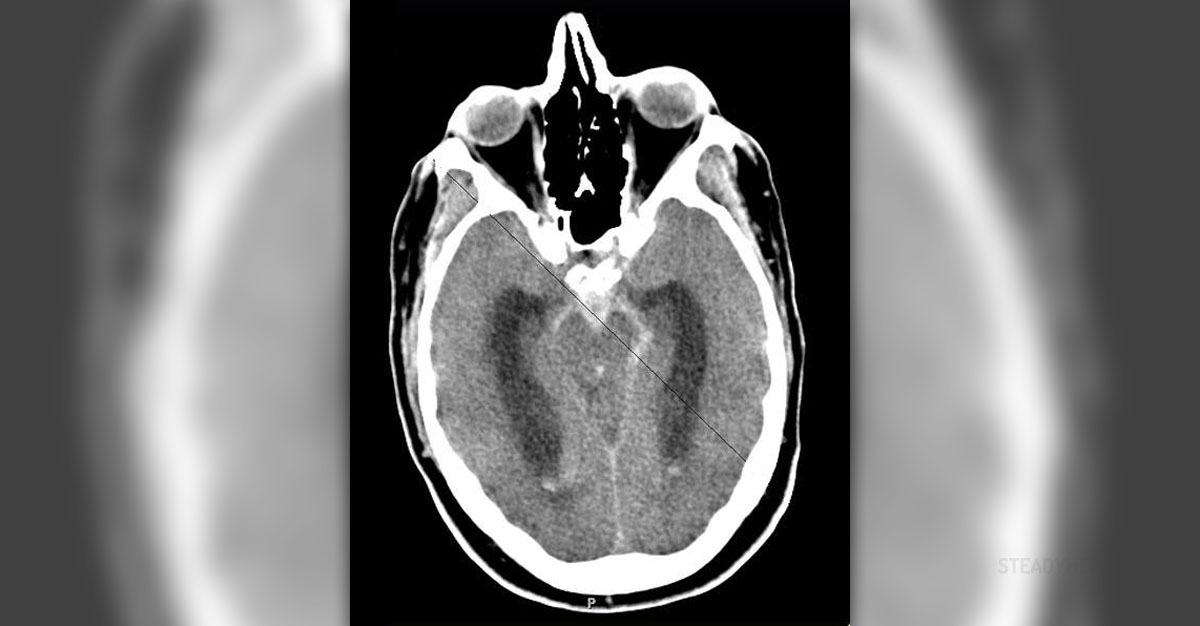
What is subarachnoid hemorrhage and what are the signsindicating it?
First of all, in order to understand what subarachnoid hemorrhageis, it is necessary to understand what and where subarachnoid space is. This areais located exactly between the brain and the tissues that cover it, which meansthat the bleeding that happens in that area is subarachnoid hemorrhage. When itcomes to the symptoms that usually indicate this condition, it is important to knowthat it all usually starts with a very severe headache, which may be initiatedwith a snapping feeling in the head. Besides this, people may experiencedifficulty to move legs, or they may be unable to move them at all; muscle ache, particularly in the neck and shoulder region is also very common, as well asnausea and vomiting. The person in question may be confused after the initial feelingof alertness, and it may experience problems with vision, or even a temporary lossof vision in one eye. Seizures can also indicate subarachnoid hemorrhage.
The doctors require a CT scan of the head, as well as lumbarpuncture, CT scan angiography, cerebral angiography of blood vessels of thebrain, or transcranial doppler ultrasound, if they suspect on this condition.
What are the main causes and does it leave permanentconsequences?
This hemorrhage can be traumatic and non-traumatic, dependingon what caused it. As for the causes, they include bleeding disorders, headinjuries, bleeding from cerebral aneurysm, or an arteriovenous malformation. It is also possible that blood thinning medications provoke this hemorrhage, aswell as it is possible that the cause remains unknown, when cases are referredto as idiopathic. There are people who are at higher risk of developing subarachnoid hemorrhage dueto the fact that they have a family history of aneurysms, or due to the fact they themselves suffer from aneurysms, hypertension, fibromusculardysplasia or some other disorder related to the aneurism of weakened bloodvessels. People who smoke are also at higher risk of experiencing subarachnoidhemorrhage.
Since the most serious consequence is death, it is importantto point out that the mortality rate is very high. According to the statisticalrecords, about 10% of the patients do not reach the hospital alive, while about40% of them die during the first week. As for those who manage to survive, morethan one third suffers from serious neurologic deficits.

















Your thoughts on this
Loading...